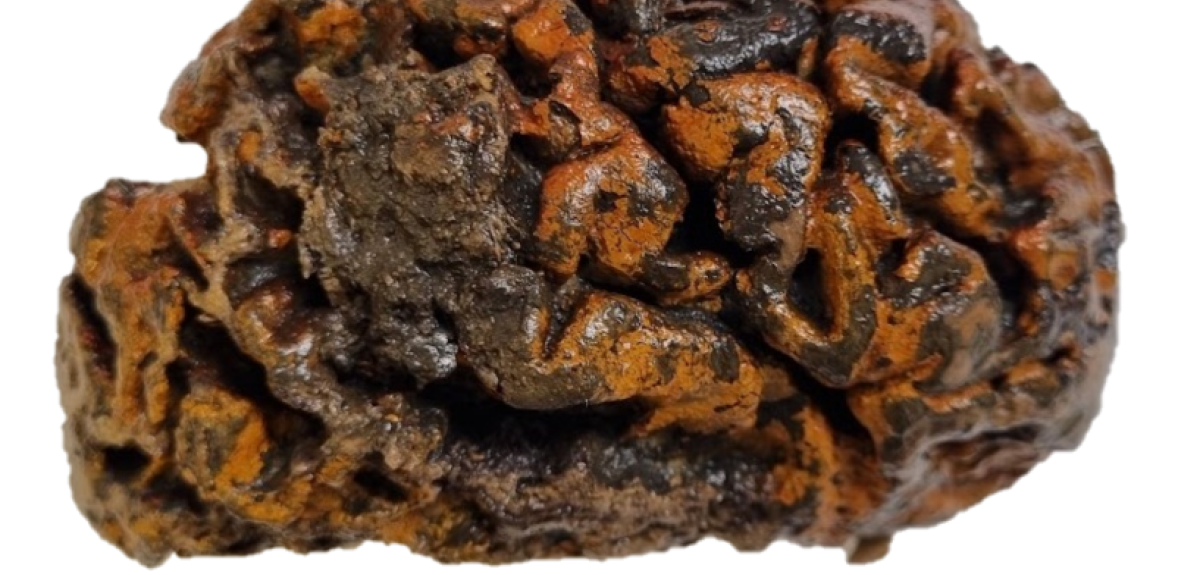
Oxford researchers uncover remarkable archive of ancient human brains
A new study conducted by researchers at the University of Oxford has challenged previously held views that brain preservation in the archaeological record is extremely rare. The team carried out the largest study to date of the global archaeological literature about preserved human brains to compile an archive that exceeds 20-fold the number of brains previously compiled. The findings have been published today in the Proceedings of the Royal Society B.
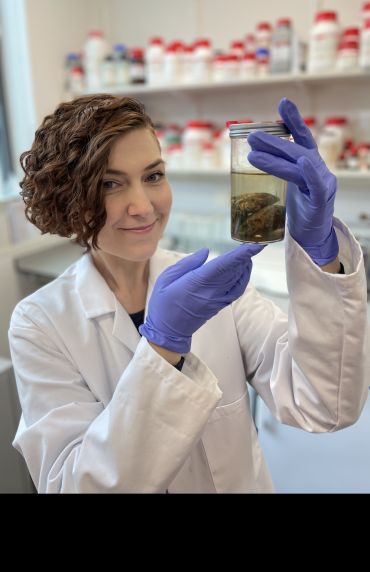
The study, led by postgraduate researcher Alexandra Morton-Hayward (Department of Earth Sciences, Oxford), brings together the records of more than 4,000 preserved human brains from over two hundred sources, across six continents (excluding Antarctica), and in more than ten languages. Many of these brains were up to 12,000 years old, and found in records dating back to the mid-17th century. These shrunken, discoloured tissues were found preserved in all manner of individuals: from Egyptian and Korean royalty, through British and Danish monks, to Arctic explorers and victims of war.
Scouring the literature and canvassing historians worldwide, this concerted search found a bewildering array of archaeological sites yielding ancient human brains, including the shores of a lakebed in Stone Age Sweden, the depths of an Iranian salt mine around 500 BC, and the summit of Andean volcanoes at the height of the Incan Empire.
Every brain in the database was matched with historic climate data from the same area, to explore trends in when and where they were found. The analyses revealed patterns in the environmental conditions associated with different modes of preservation through time - including dehydration, freezing, saponification (the transformation of fats to ‘grave wax’), and tanning (usually with peat, to form bog bodies).
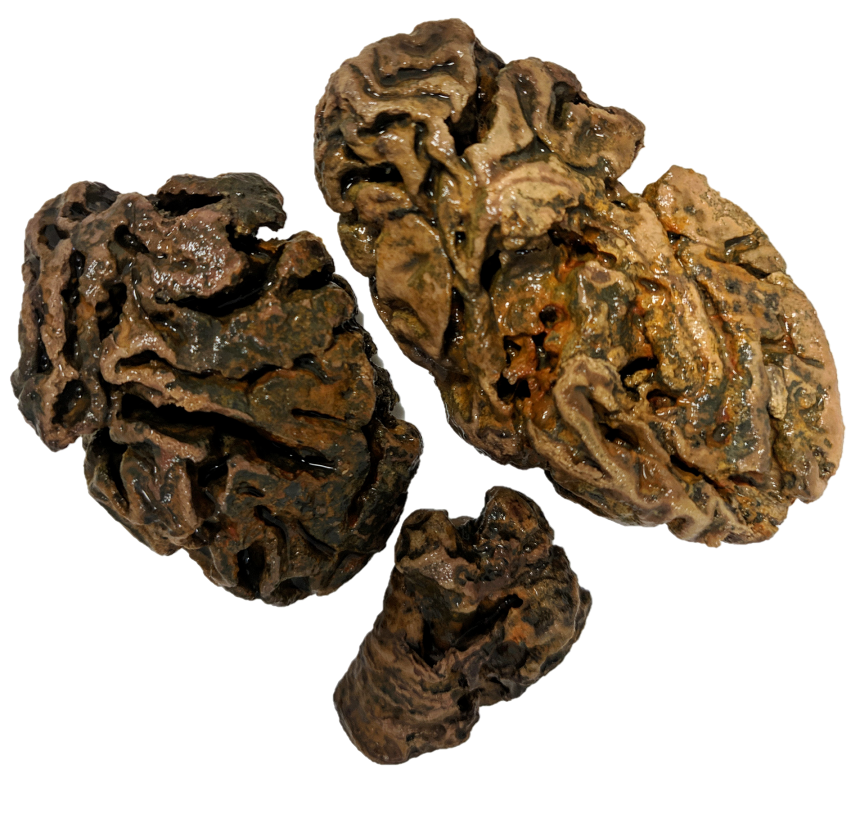
Co-author, Professor Erin Saupe, Department of Earth Sciences, University of Oxford, said: ''This record of ancient brains highlights the array of environments in which they can be preserved from the high arctic to arid deserts.'
Over 1,300 of the human brains were the only soft tissues preserved, prompting questions as to why the brain may persist when other organs perish. Interestingly, these brains also represent the oldest in the archive, with several dating to the last Ice Age. The mechanism of preservation for these oldest brains remains unknown; however, the research team suggest that molecular crosslinking and metal complexation – proteins and lipids fusing in the presence of elements such as iron or copper - are feasible mechanisms by which nervous tissues might be preserved over long timescales.
These ancient brains provide a significant opportunity for unique insights into the early evolution of our species, such as the roles of ancient diseases.
Study co-author, Dr Ross Anderson, Department of Earth Sciences, University of Oxford
Alexandra Morton-Hayward, lead author of the study, said ‘In the forensic field, it is well-known that the brain is one of the first organs to decompose after death – yet this huge archive clearly demonstrates that there are certain circumstances in which it survives. Whether those circumstances are environmental, or related to the brain’s unique biochemistry, is the focus of our ongoing and future work. We’re finding amazing numbers and types of ancient biomolecules preserved in these archaeological brains, and it’s exciting to explore all that they can tell us about life and death in our ancestors.’
Finding soft tissues preserved is a bioarchaeologist’s treasure trove: they generally provide a greater depth and range of information than hard tissues alone, yet less than 1% of preserved brains have been investigated for ancient biomolecules. The untapped archive of 4,400 human brains described in this study may provide new and unique insights into our history, helping us to better understand ancient health and disease, and the evolution of human cognition and behaviour.
The study ‘Human brains preserve in diverse environments for at least 12,000 years’ has been published in Proceedings of the Royal Society B: Biological Sciences.
 Professor Sibel Erduran joins prestigious Academy of Social Sciences Fellowship
Professor Sibel Erduran joins prestigious Academy of Social Sciences Fellowship
 Oxford unmasks the fraudsters behind the forgeries for April Fakes Day 2025
Oxford unmasks the fraudsters behind the forgeries for April Fakes Day 2025
 Expert Comment: Can Europe hold the line of liberal democracies?
Expert Comment: Can Europe hold the line of liberal democracies?
 Oxford launches first human aerosol TB challenge trial
Oxford launches first human aerosol TB challenge trial
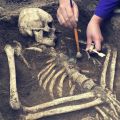 New technique identifies earliest cases of genetic disorders from ancient DNA
New technique identifies earliest cases of genetic disorders from ancient DNA
 Ancient DNA reveals how a chicken virus evolved to become more deadly
Ancient DNA reveals how a chicken virus evolved to become more deadly
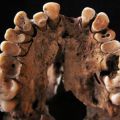 Starchy food led to rotten teeth in ancient hunter-gatherers
Starchy food led to rotten teeth in ancient hunter-gatherers